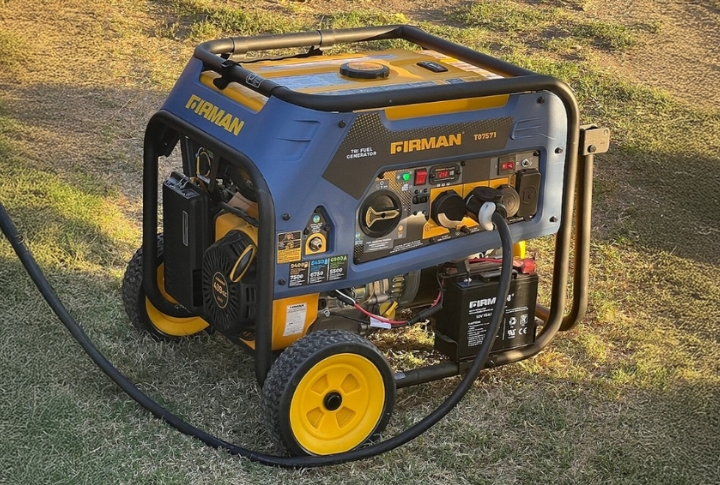
Losing power is stressful enough without worrying about electrical hazards. A generator helps, but only when it’s connected properly. Skipping a few safety steps could do more harm than good. So, before the next outage hits, check out these ten expert tips to connect and run your generator safely.
Use A Transfer Switch To Prevent Backfeed
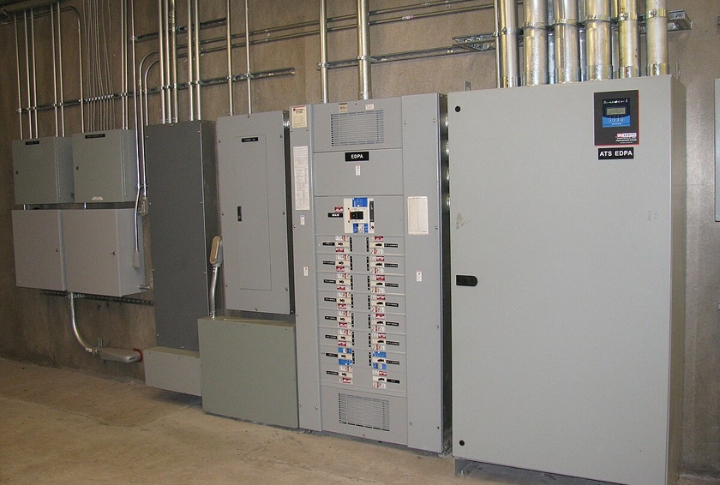
Think of a transfer switch as your safety MVP. It cuts off your home from the grid while your generator runs, avoiding dangerous backfeed. Not only is it required in many local codes, but it also keeps utility crews safe and lowers fire risks while making power transitions smoother.
Choose The Right Generator Size For Your Load
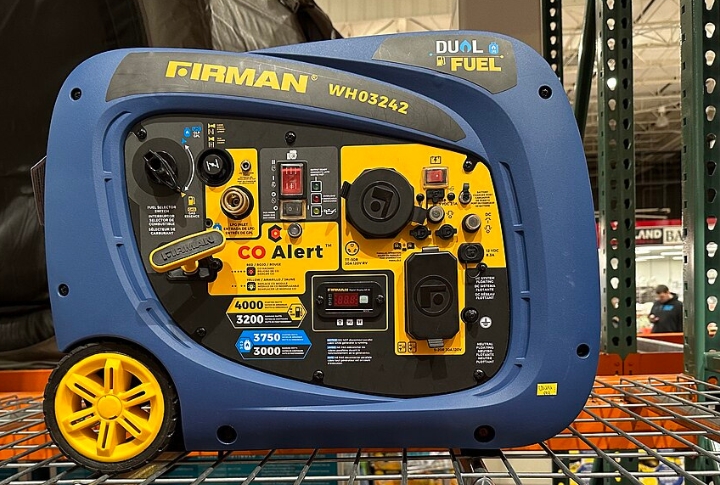
Size matters here. A generator that is too small may overload, while one that is too big wastes fuel. Tally up the wattage of your essentials and match accordingly. You’ll get better efficiency and extend the machine’s lifespan in the process.
Never Connect A Generator Directly To A Wall Outlet
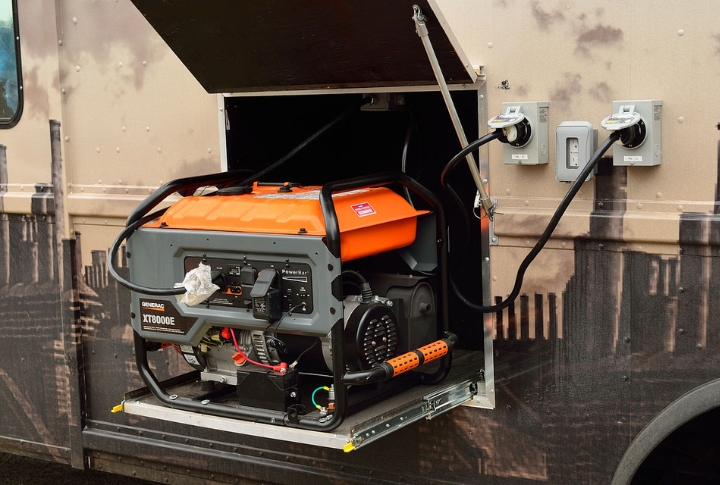
Plugging it into a wall socket may seem quick, but it’s one of the most dangerous mistakes. It sends electricity back into the public grid, which risks electrocution and serious damage. It’s also often against the law and can void insurance coverage entirely.
Use Heavy-Duty Extension Cords Only
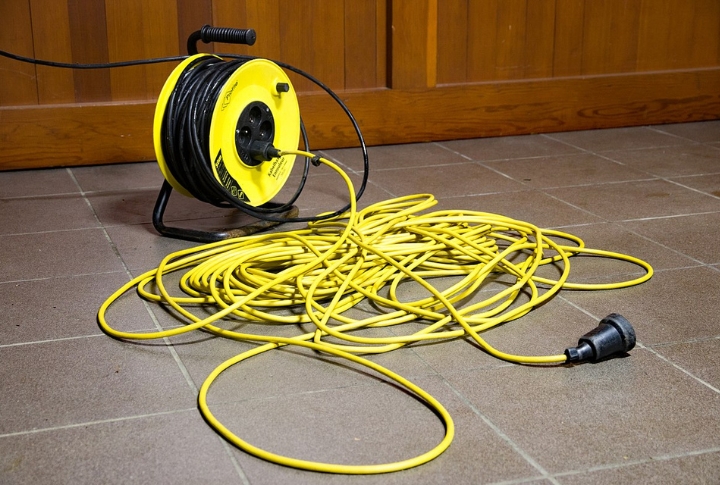
Standard cords aren’t built for the job. You’ll need outdoor-rated, heavy-duty ones that can handle the amperage. Go for short cords to reduce voltage drop, and bonus points if they’re brightly colored to avoid trip hazards while navigating your setup.
Position Your Generator Away From Windows And Doors
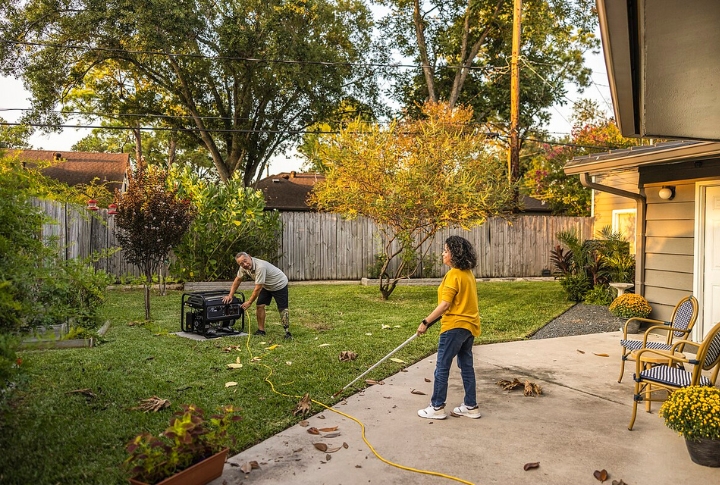
Exhaust from a generator contains carbon monoxide, which you can’t see or smell. To stay safe, set the unit at least 20 feet from your house. If needed, use directional exhaust kits, and always keep them out of enclosed or semi-enclosed spaces.
Install A Dedicated Generator Inlet Box
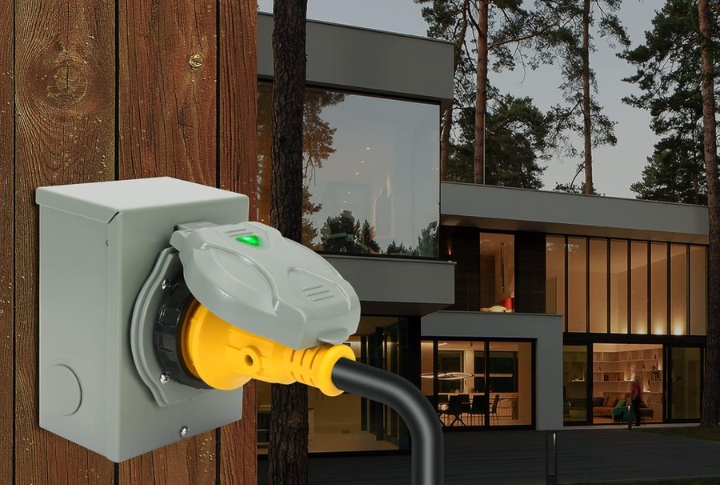
Instead of snaking cords through windows, a weatherproof inlet box provides a cleaner and safer solution. It mounts outside your home, keeps moisture away from the plugs, and protects your insulation. Once installed, connecting your generator becomes far more secure and straightforward.
Perform Regular Maintenance And Fuel Checks
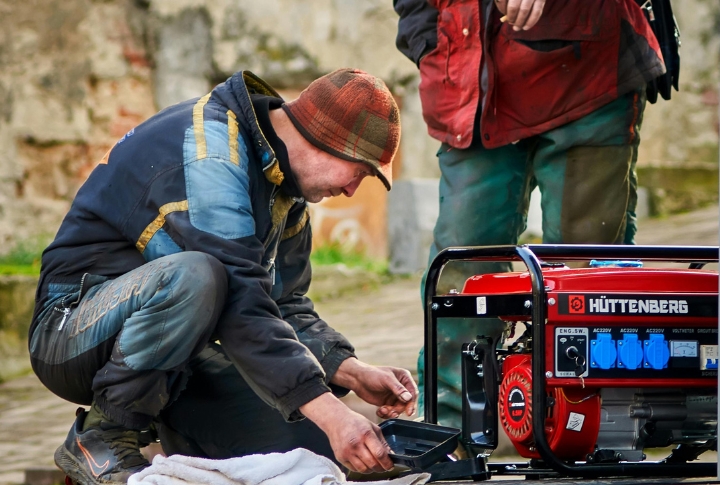
Dirty filters or low oil levels can bring your generator to a halt. Run it monthly to keep everything running smoothly, and use a stabilizer if storing fuel for extended periods. Maintenance might seem like a chore until it’s the thing that saves the day.
Label Your Circuit Breakers Clearly
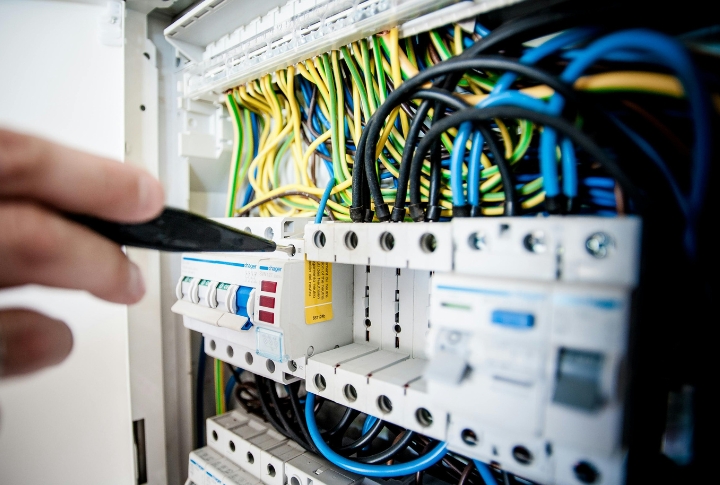
A well-labeled panel helps you stay calm when the power’s out. It speeds up the reconnection process, prevents accidental overloads, and is a must-have if you’re using a transfer switch. Plus, any electrician you call later will silently thank you.
Store Extra Fuel Safely And Legally
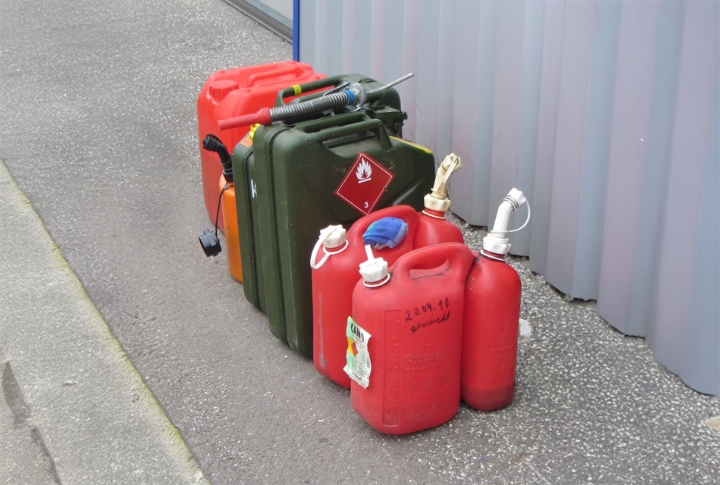
Gas should be kept in approved containers, away from direct sunlight or heat. Rotating stored fuel every few months keeps it usable. If you’re planning ahead for storm season, check your state’s limits and always consider adding a stabilizer to your setup.
Keep A Fire Extinguisher Nearby At All Times
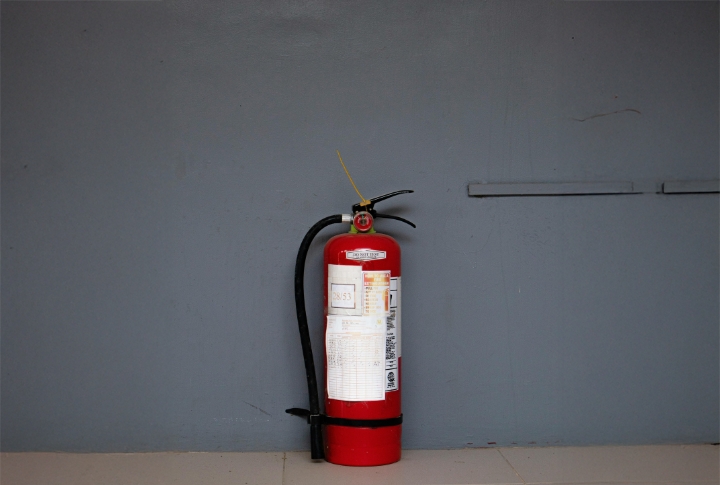
Generators run hot and work near flammable fuel. Keeping an ABC-rated fire extinguisher close by adds another layer of protection. Mount it near your setup so it’s always within reach during emergencies or maintenance checks.

